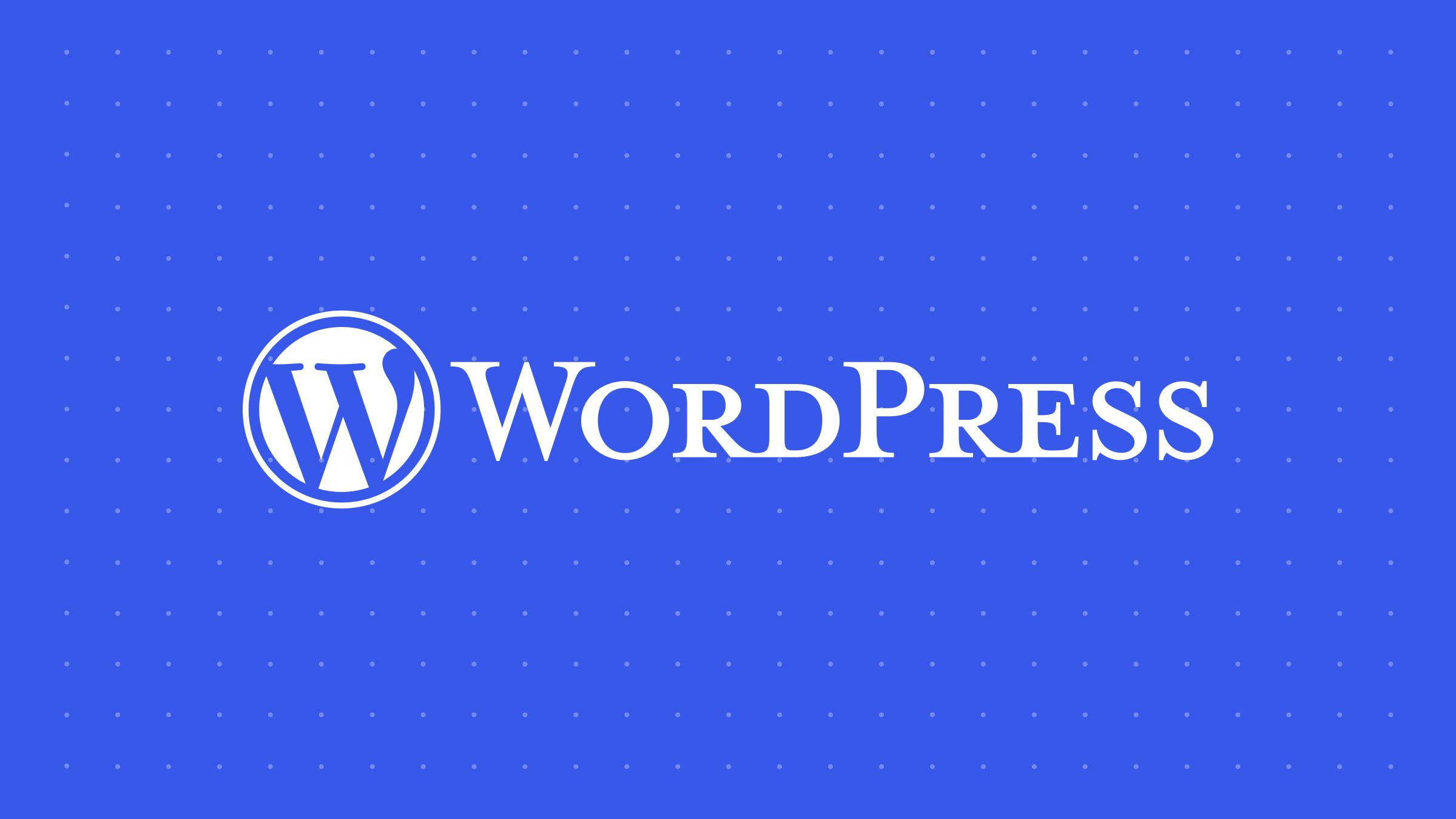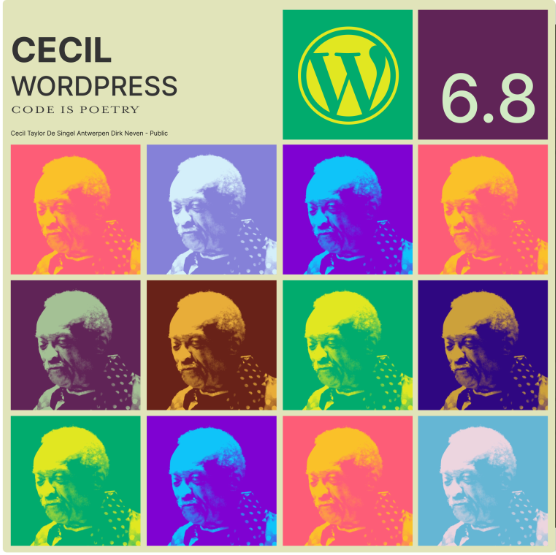What's the biggest fear of building a website? It's not that the design is not beautiful, but the background is too complicated. Many people only look at the appearance when choosing a WordPress theme, but ignore the smoothness of the background operation. Whether the menu is clear and the settings are easy to find directly affects the efficiency of building a website.
In this article, we will compare the five aspects of operation logic, interface hierarchy, responsiveness, visual editing and overall ease of use of the Astra together with Avada The backend experience helps you quickly determine which theme is smoother and more efficient.
![Image [1]-Astra vs Avada: Backend UI Comparison Guide](http://gqxi.cn/wp-content/uploads/2025/10/20251009163533232-image.png)
I. Operation Logic: Astra Simple and Intuitive, Avada Functionality Centralized
1.1 Astra: lightweight and clearly structured
Astra's backend structure is highly compatible with the WordPress native system. Once enabled, the Appearance → Customizer Modify the appearance of the site directly in the
![Image [2]-Astra vs Avada: Backend Interface Comparison Guide](http://gqxi.cn/wp-content/uploads/2025/10/20251009165955675-image.png)
The way it is set up is clear:
- On the left side is the function navigation (Header and footer(fonts, colors, etc.);
- The results are displayed in real time on the right side;
- Click Save to take effect immediately.
This real-time mode of operation allows users to see changes quickly, saving debugging time.
Pros:
- The menu hierarchy is shallow;
- The structure is intuitive;
- Low cost of learning.
Astra Astra Options panel Provides a quick entry, can directly jump to the commonly used modules, such as fonts, colors, Header Builder, etc., the overall path is short and efficient.
1.2 Avada: centralized but slightly more burdensome for beginners
Avada The backend is centralized in a separate Avada → Options panel. The interface is designed with left and right columns, with the table of contents on the left and the contents of the options on the right. Each item is accompanied by a brief description for easy understanding.
![Image [3]-Astra vs Avada: Backend UI Comparison Guide](http://gqxi.cn/wp-content/uploads/2025/10/20251009163836330-image.png)
The structure integrates all controls for layout, color, font, performance, etc., allowing for unified management of site styles.
Pros:
- Feature-rich;
- Provides global control;
- Every detail can be precisely adjusted.
Insufficient:
- There are more options for initial use;
- The page loads slowly;
- The save operation takes some time.
Interface Hierarchy: Astra is flat and efficient, Avada is deeper.
2.1 Astra: fewer layers, intuitive operation
Astra's backend hierarchy is usually no more than three layers.
Example:
Appearance → Customize → Header → Logo Setting
This layout allows the user to find the desired function in two to three steps, switching themenuAlmost no latency. Ideal for multi-site maintenance or content teams.
Astra Features:
- The layers are shallow;
- Switching is fast;
- The interface is light.
2.2 Avada: deeper hierarchy but well grouped
Avada's layers are designed to be more granular, usually requiring four to five steps to reach the target setting.
Example:
Avada → Options → Header → Header Styling → Header Background Color
![Image [4]-Astra vs Avada: Backend UI Comparison Guide](http://gqxi.cn/wp-content/uploads/2025/10/20251009164553271-image.png)
Although the options are clear, frequent jumps reduce efficiency slightly. After each modification, the system needs to regenerate the style file and the saving process is slow.
Avada Features:
- The structure is fine;
- Features galore;
- Highly accurate.
Compare results:
| sports event | Astra | Avada |
|---|---|---|
| Level Depth | 2-3 storeys | 4-5 storeys |
| Switching speed | plain-spoken | moderate |
| learning curve | fig. moderate | high |
| Target audience | content manager | Designer or developer |
Third, set the speed and smoothness
3.1 Astra: real-time feedback and rapid adjustment
The best feature of Astra is the real-time preview.Adjustment of fontsThe changes appear in the right preview area immediately after you change the color or margin, without refreshing.
This instant feedback makes editing significantly more efficient, especially for teams that frequently fine-tune their layouts.
Pros:
- Changes can be previewed directly;
- Lightweight operation;
- Ideal for quick site building.
3.2 Avada: Effective after saving, slightly slower response overall
Avada's modification process relies on save operations. Each change generates a new style file. While accurate, it is slow to respond.
![Image [5]-Astra vs Avada: Backend UI Comparison Guide](http://gqxi.cn/wp-content/uploads/2025/10/20251009164700690-image.png)
Features:
- Precisely adjustable;
- Save it and apply it uniformly;
- Heavy overall load.
In terms of overall speed, the Astra is a much smoother experience.
IV. Visualizing the editing experience
4.1 Astra: support for multiple editors
Astra can work with ElementorBeaver Builder, Gutenberg, Bricks. and other major editors work perfectly together.
Page layouts, fonts, spacing, and other settings can be made directly on the front end.
become man and wife Astra Header & Footer BuilderThe header and footer can also be edited with drag and drop.
![Image [6]-Astra vs Avada: Backend UI Comparison Guide](http://gqxi.cn/wp-content/uploads/2025/10/20251009170625544-image.png)
combining Starter Templates pluginThe user can quickly import the complete template and replace the content, dramatically shortening the building cycle.
![Image [7]-Astra vs Avada: Backend UI Comparison Guide](http://gqxi.cn/wp-content/uploads/2025/10/20251009171234989-image.png)
Features:
- High editor compatibility;
- Preview Instant;
- Templates are reusable.
4.2 Avada: comes with a powerful Live Builder
The core of Avada is its own Fusion Builder (now Avada Builder)The
It supports front-end visual drag-and-drop, enabling users to manipulate modules, edit text or adjust the layout directly on the page.
![Image [8]-Astra vs Avada: Backend UI Comparison Guide](http://gqxi.cn/wp-content/uploads/2025/10/20251009165611744-image.png)
The system provides rich components such as buttons, sliders, charts,Animation Moduleetc.
Designers are free to combine and realize highly expressive page effects.
Pros:
- Drag and drop flexibility;
- Meticulous control;
- Module rich.
Insufficient:
- Slower startup;
- Higher computer performance requirements.
Astra is lightweight and fast, while Avada is full-featured, with a different focus.
V. Overall ease of use and learning curve
| comparison dimension | Astra | Avada |
|---|---|---|
| operating logic | clear and concise | Functional Concentration |
| Interface speed | plain-spoken | moderate |
| Visualization Editor | Integration of third-party editors | Built-in proprietary builder |
| Modify Response | Real-time feedback | Save to take effect |
| learning difficulty | lower (one's head) | your (honorific) |
| multi-site compatible | unyielding | Separate authorization required |
Astra is more suitable for users who are looking for fast site building and centralized management;
Avada is for design teams that need deep customization and a unified brand vision.
VI. Conclusion: selection of themes according to objectives
Recommended if you want clean operation, fast loading and efficient deployment. AstraThe design of the product is based on the concept of a "one-size-fits-all" design, which saves a lot of debugging time and maintains a consistent design structure.
If you are looking for a high degree of freedom, complex layout and complete visual control, choose the AvadaThe design of the product is a very delicate one, and it is capable of meeting the needs of more delicate designs.
The core of website building is efficiency and control. If you want to go live quickly and maintain easily, choose Astra; if you want to strengthen creativity and design performance, choose Avada.
Choosing a theme that suits your pace is what makes building a website efficient, smooth and creative.
Link to this article:http://gqxi.cn/en/78218The article is copyrighted and must be reproduced with attribution.

























![Emoji[jingya]-Photonflux.com | Professional WordPress repair service, worldwide, rapid response](http://gqxi.cn/wp-content/themes/zibll/img/smilies/jingya.gif)






No comments